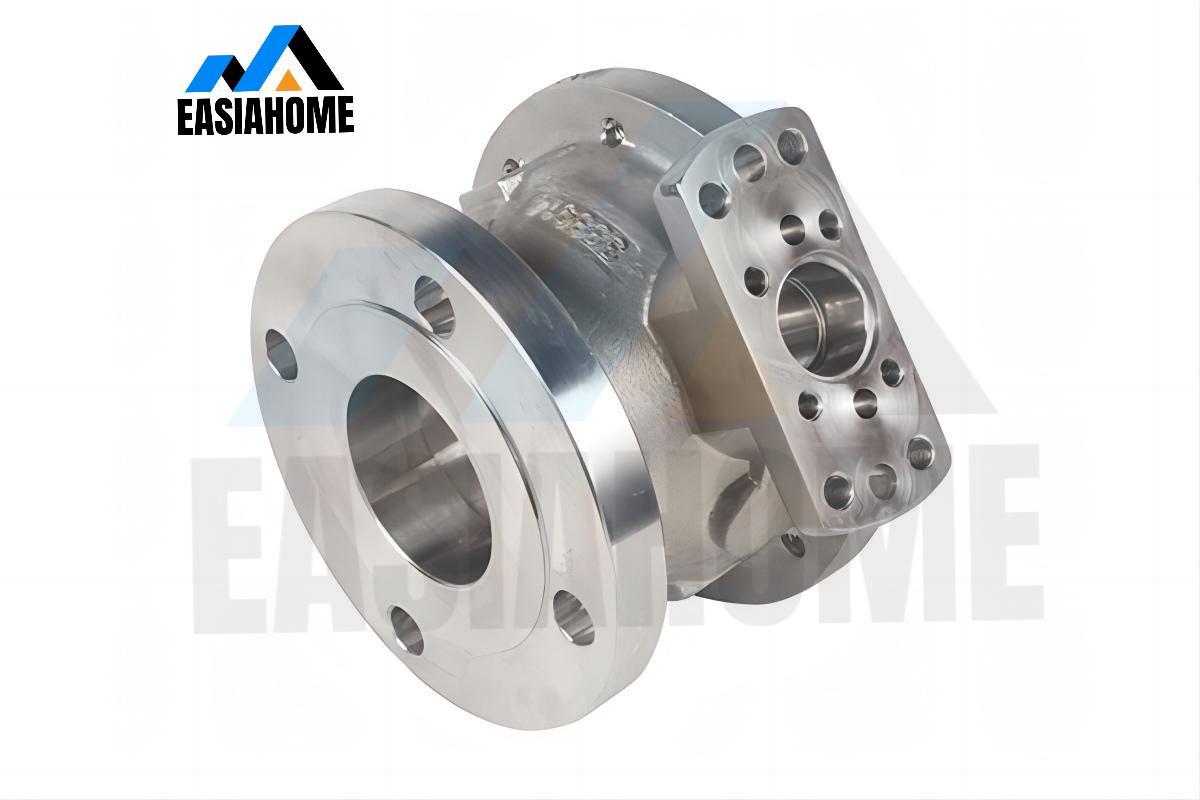Aluminum casting is the process of manufacturing components and parts using molten aluminum that is poured into a mold and allowed to solidify. It is a widely used casting method due to the excellent properties of aluminum, such as its low density, high strength-to-weight ratio, corrosion resistance, and good thermal conductivity. Aluminum castings are used in a wide range of industries, including automotive, aerospace, construction, electronics, and more.
Here are some key aspects of aluminum casting:
-
Casting Process: Aluminum casting can be achieved through various methods, including sand casting, die casting, investment casting, and permanent mold casting. Each process has its own advantages and is selected based on factors such as complexity, volume, tolerances, and desired mechanical properties of the final component.
-
Lightweight and High Strength: Aluminum is a lightweight metal with excellent strength-to-weight ratio. It offers significant weight reduction benefits, making it ideal for applications where weight is a critical factor, such as in the automotive and aerospace industries. Aluminum castings provide structural integrity while keeping the overall weight of the component low.
-
Corrosion Resistance: Aluminum exhibits natural corrosion resistance due to the formation of a thin oxide layer on its surface, providing a protective barrier against corrosion. This makes aluminum castings suitable for applications in corrosive environments or exposed to moisture, such as marine equipment or outdoor structures.
-
Thermal Conductivity: Aluminum has good thermal conductivity, allowing for efficient heat dissipation. This property is beneficial in applications where heat transfer is important, such as in heat exchangers, engine components, and electronic devices. Aluminum castings can effectively manage and distribute heat, contributing to improved performance and durability.
-
Versatility and Design Flexibility: Aluminum castings offer versatility in terms of design options and complex geometries. The casting process allows for intricate shapes, thin-walled structures, and internal features to be produced, enabling designers to achieve their desired component functionality and aesthetics.
-
Recycling and Sustainability: Aluminum is highly recyclable, meaning that scrap or discarded aluminum can be melted down and reused to produce new castings. Recycling aluminum requires significantly less energy compared to primary aluminum production, making it an environmentally sustainable choice. The recyclability of aluminum contributes to reducing waste and conserving natural resources.
-
Cost-Effective: Aluminum casting can be a cost-effective manufacturing method, particularly for high-volume production. The relatively low melting point and abundance of aluminum contribute to lower material costs. The casting process also allows for faster production rates and reduced labor requirements, making it an economical choice for many applications.
Aluminum casting is widely utilized in various industries due to its desirable properties and manufacturing advantages. Whether it's for engine components, structural parts, electrical enclosures, or decorative elements, aluminum castings provide lightweight, durable, and corrosion-resistant solutions for a wide range of applications.



